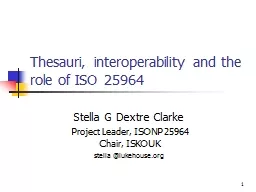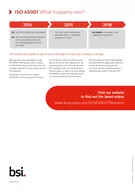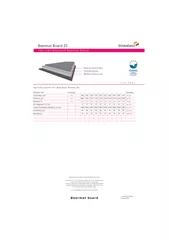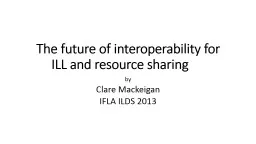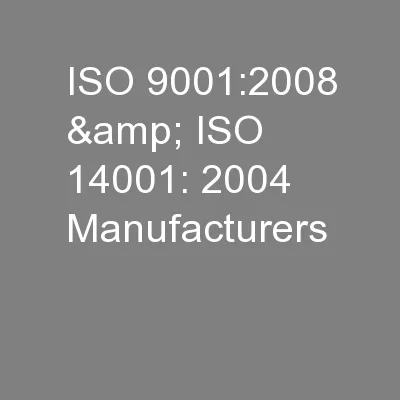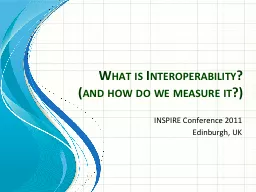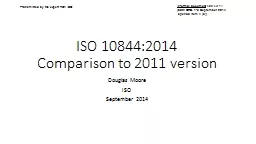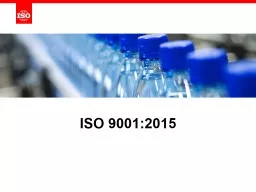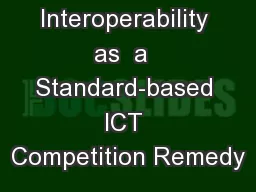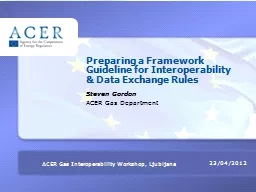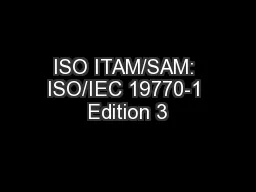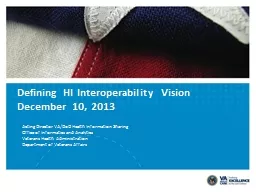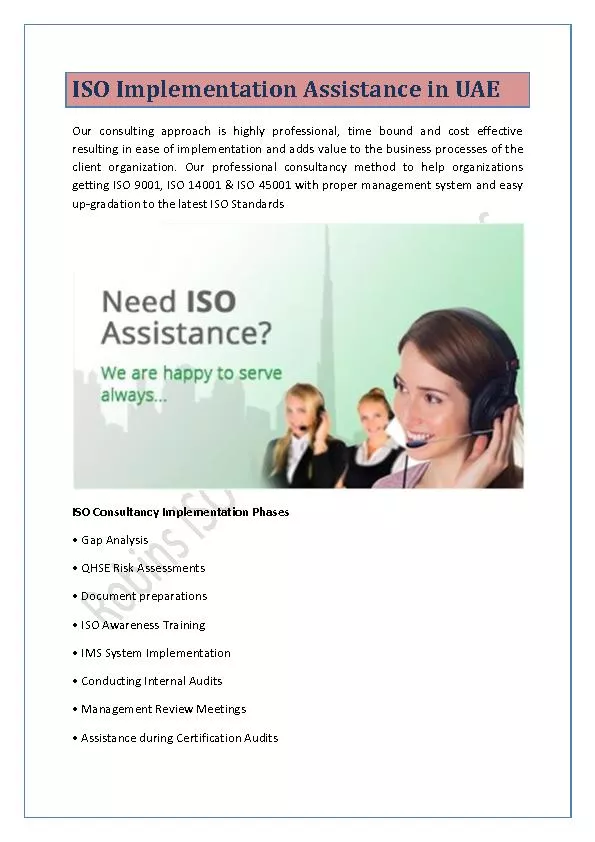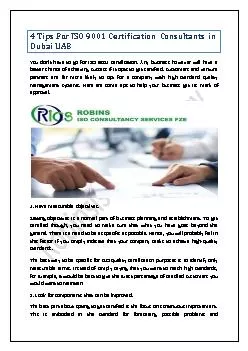PPT-Thesauri, interoperability and the role of ISO 25964
Author : alexa-scheidler | Published Date : 2016-07-27
Stella G Dextre Clarke Project Leader ISO NP 25964 Chair ISKO UK s tella lukehouseorg 1 Summary Brief thesaurus chronology What role does the thesaurus have now
Presentation Embed Code
Download Presentation
Download Presentation The PPT/PDF document "Thesauri, interoperability and the role ..." is the property of its rightful owner. Permission is granted to download and print the materials on this website for personal, non-commercial use only, and to display it on your personal computer provided you do not modify the materials and that you retain all copyright notices contained in the materials. By downloading content from our website, you accept the terms of this agreement.
Thesauri, interoperability and the role of ISO 25964: Transcript
Download Rules Of Document
"Thesauri, interoperability and the role of ISO 25964"The content belongs to its owner. You may download and print it for personal use, without modification, and keep all copyright notices. By downloading, you agree to these terms.
Related Documents

